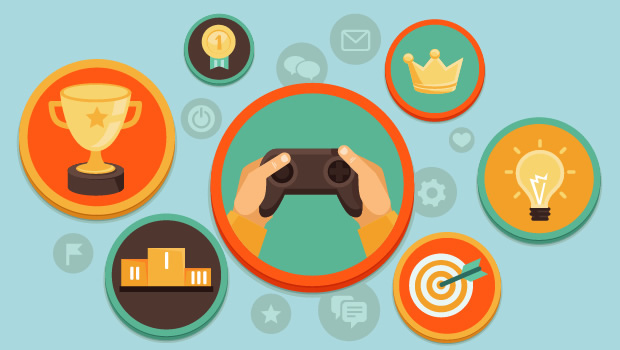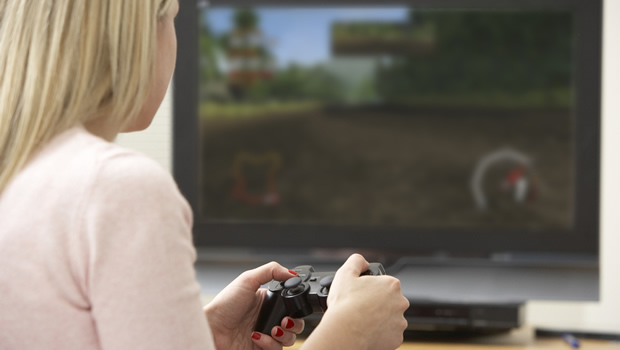As our services in game design and development advance, we’re often asked how ‘social gaming’ paradigms can be used in learning games. My instant response to those would be ‘yes’ it’s possible; but faltered on further details. I’ve been doing some thinking about social games; what makes them tick. Some thoughts:
We must bank on the capital sins – wrath, greed, sloth, pride, lust, envy, and gluttony; while these are ‘no no’s in the real world, social games seem to capitalize on them to a large extent. When designing a social learning game, I’d definitely want to include one or more of these in some way or the other. It’s great to use the weak moments during game-play to push elements of learning value/content through to the player. Social game developers and studios use these to monetize their product, as learning designers we can use these to capitalize on learning.
Greed is an exceptional instance, game players are greedy, they want more. Build a mechanic where they’ll want learning content to further their progress toward the game objective. It seems manipulative, but social games do it all the time. According to Jaak Panksepp, a neuroscientist at the Falk Center for Molecular Therapeutics at Northwestern University, dopamine has been found to play a crucial role in choice, learning, and belief formation. How do I get learning games to activate the dopamine centers in the brain and encourage neuroplasticity, very important for adult learners. It’s interesting to see ‘learning’ mentioned, rewards are definitely part of influencing behavioral change.

An example I can think of is ‘Healthseeker’ for people living with diabetes, designed to make diabetes patients take small incremental steps towards better health. The game does two clear things:
- Instantly gratifies individuals with rewards for doing healthy things; unlike the actual long-term health reward for doing healthy things
- Allows individuals to use those rewards to further award other players doing healthy things
Missions in this game are typically made up of healthy actions that players could take to improve their health. It seems that incremental actions, regardless of how small they tend to be effective in trying to achieve ‘the goal’, it’s better than doing nothing at all. The game designers hope that these incremental actions will percolate into a player’s real life and actually influence them to make healthy decisions in their real lives.
I read that we spend upward of three billion hours a week playing computer and video games. Surely we can use some of that to improve learning either in the educational context or the corporate training context, the question is do we? How about we make some addictive games that people will actually learn stuff from? I read about a woman who played Farmville to an extent where she reached a level 111, a level I didn’t imagine existed in the game. Quite evidently it does; this lady is addicted to the game. Why can’t learning games be just as addictive?
My objective in the near future is to design a learning that’s just as addictive. Moral and ethical consideration be damned. As game designers, we can tap deeply into our evolutionary urges, however manipulative that might be. If games can be designed that will ultimately benefit the player by modifying behavior in the long-term, I’m all for it.
As an aside, you might want to look at this TED talk by Tom Chatfield pointing to the same thing.



















